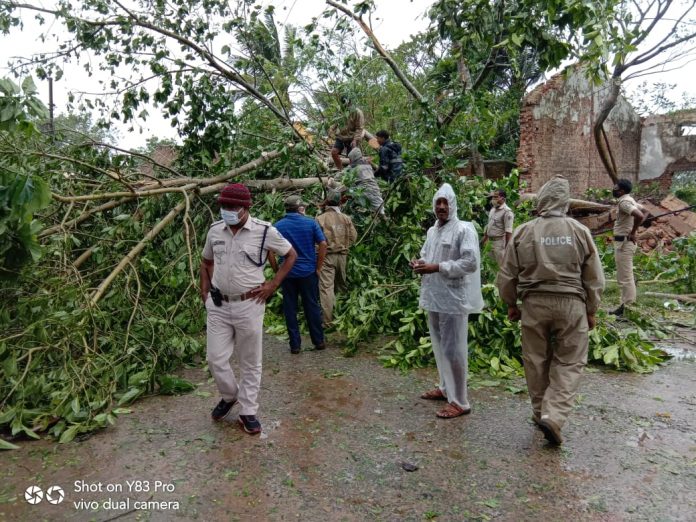Odisha has always been on the receiving end of tropical cyclones like the Super Cyclone in 1999, Cyclone Fani in 2019 and now this month—the Cyclone Amphan.
In the aftermath of a disaster Odisha is left grappling to get back to normal. But it also needs to think harder about how to withstand the next one.
Cyclones come under natural disasters, we cannot prevent natural disasters but we can mitigate the impact of natural disasters. And Odisha must pay attention as its location is such that it is vulnerable to natural disasters always.
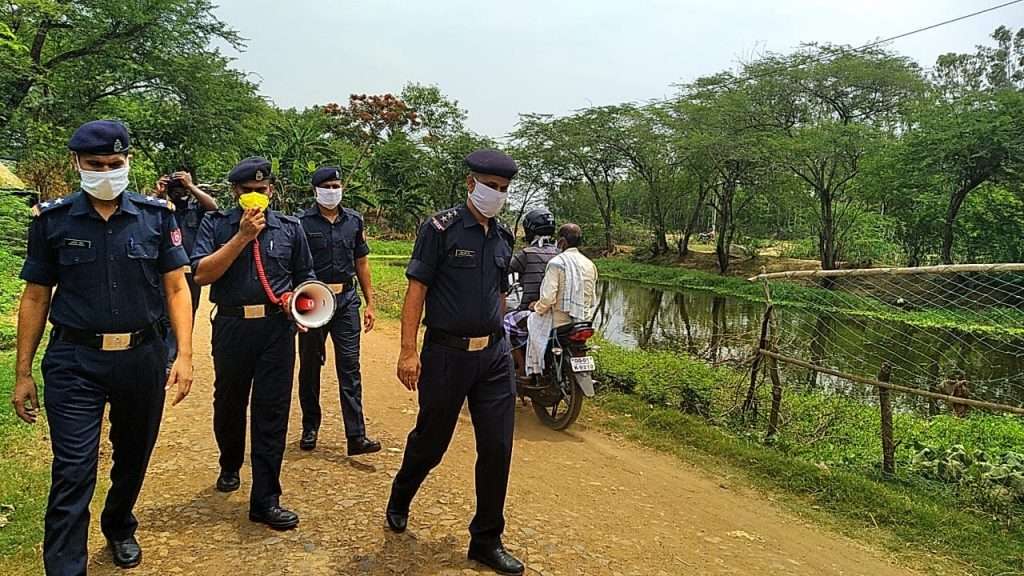
Here are some steps we can take to lessen the impact of natural disasters.
Reinvent building material for the poor
When a natural disaster hits, the poor are the most affected. The thatched, mud and bamboo houses the poor live in are vulnerable and are first to get destroyed during cyclones. So, what are the alternatives, ill-designed brick, mortar and concrete housing will not do. We have to look to innovative architectural design and material innovation like the resilient brick structures built in coastal Tamil Nadu after the Tsunami. But if cost is to be kept in mind then thatch and bamboo as building material can be reinvented as they are easily available in the region. Even though thatch does not have the capacity to resist the power of a super cyclone, with wind speed above 180-200 kmph, yet thatch can be well-crafted and adapted to resist at least 160 kmphspeed and rebuilding will be easier. Also, unlike steel sheets or any other metal sheet, thatch does not destroy when it flies.
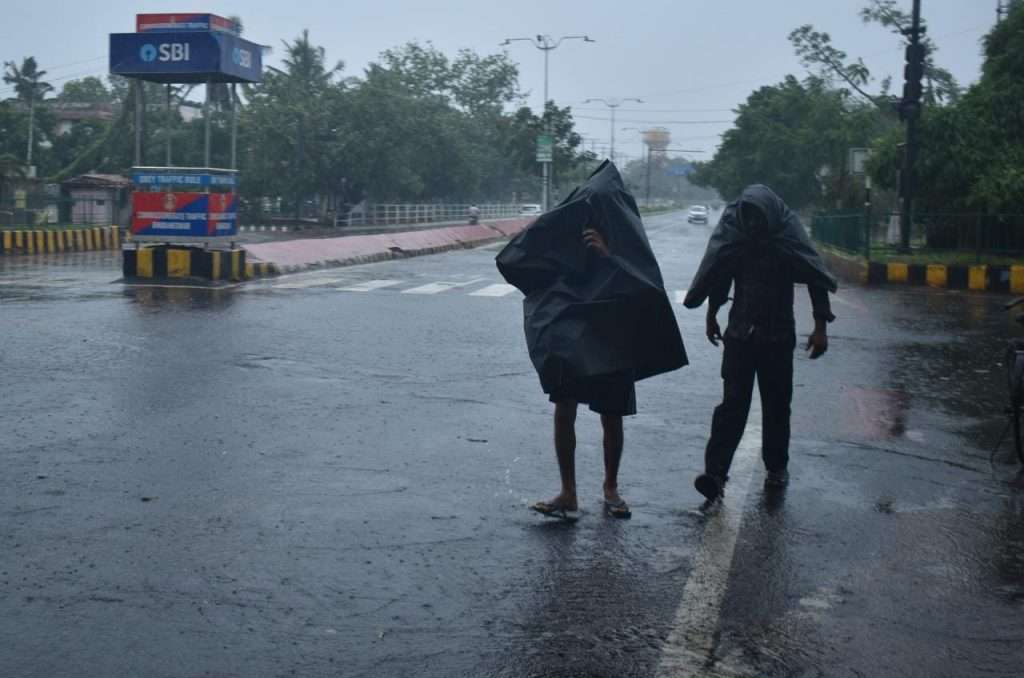
Global lessons
Flooding is a big problem during cyclones, Odisha knows this. We could look at cities like Hong Kong and Copenhagen, and learn how they have managed to control flooding in their low-lying areas. Hong Kong took steps to overhaul its drainage infrastructure while Copenhagen used the method of ‘fight flooding with flooding’.Here’s what they did, they lowered their parks and raised their sidewalks connected to parks. So, when there is heavy rainfall, the parks turn into temporary reservoirs while the streets channelise water towards the city’s harbour.
The city of New Orleans in the USA, after it was hit by Hurricane Katrina in 2005 learned to live with the water. This principle involved building huge fortifications in key areas against flood waters, as a result the city now has the largest flood barrier in the world. Along with that it also emphasises the need for green, or natural, infrastructure such as grass, woodland and wetlands to soak up water. The city of Singapore adopted source-pathway-receptor approach using green roofs, rain gardens or retention ponds to slow down the flow of storm water discharged from buildings into the drainage system.
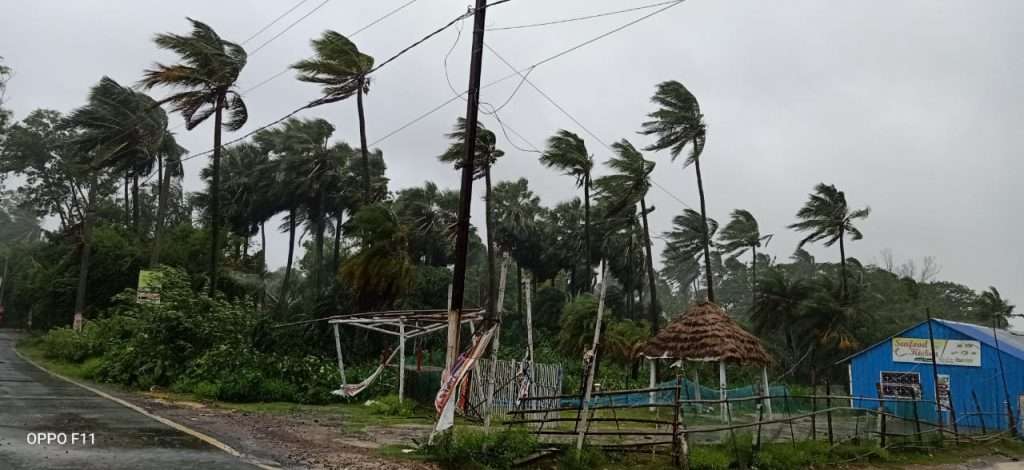
Climate-resilient features in buildings
When giving approvals for buildings, environmental clearance is taken into account but now authorities should include climate-resilient features while approving new buildings.
If we look at reports, we come to know that cyclones and earthquakes do not destroy lives per se but it’s the buildings that kill. Our so called modern buildings are not safe from the gushing winds. We often see our so called super structures being ripped off, soft roofs and window frames are blown away, and these flying objects can cause havoc.Builders need to adhere to the national guidance in the Model Building Byelaws 2016 of the Ministry of Housing and Urban Affairs. It asks for climate-resilient construction, which should be an integration of environmental clearances with sanction.
The mushroom growth or haphazard and hazardous development of cities and towns that takes place due to the absence of proper regulatory and compliance framework and mechanism causes serious loss to life and property when any disaster strikes.
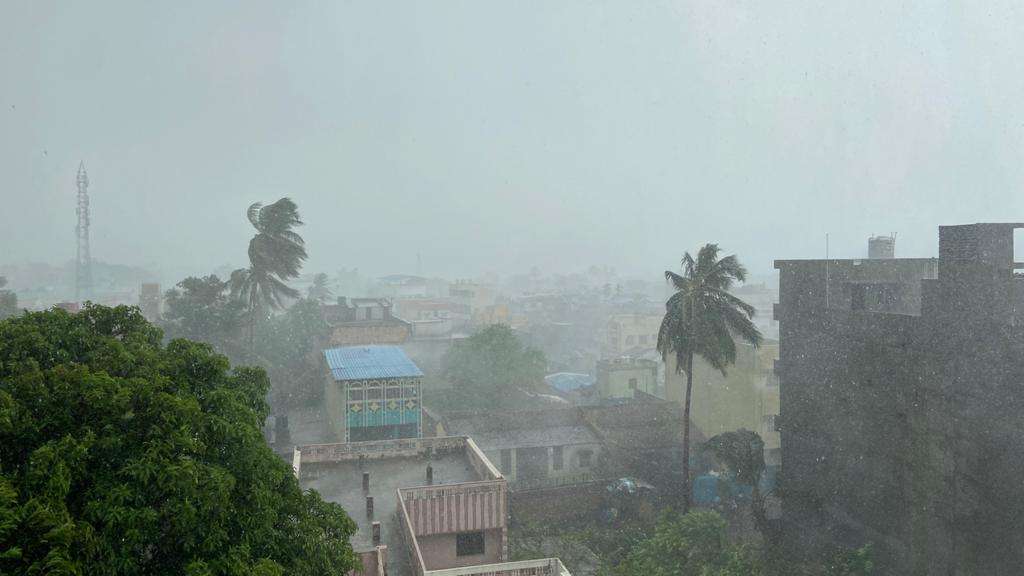
Infrastructure is the key
Infrastructure like roads and drain are the most affected during cyclones. Now, road-building should to be aligned with improved drainage system. When a state is facing a disaster infrastructure like street designs, mobility alignment, and public transport should reflect special needs being taken care of.
When planning infrastructure drainage capacity, flood risk assessment and flood plain management should be a mandatory first step.
Odisha will have to look at preventive and resilient buildings and infrastructure to minimise damages and cost of restoration. It has to remember that climate-resilient development is the only option it has.
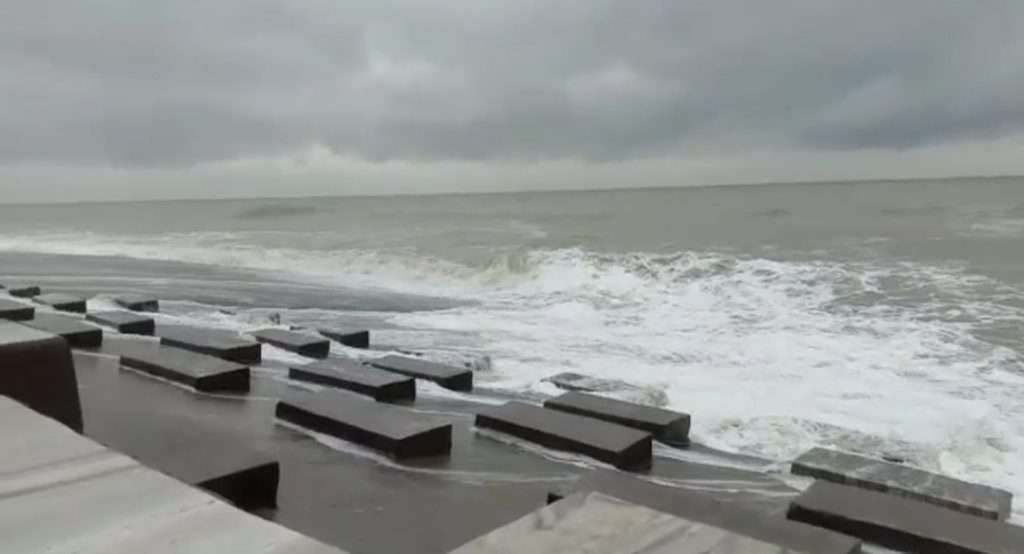
(The views expressed are the writer’s own.)

Smita Singh is a freelance writer who has over 17 years of experience in the field of print media, publishing, and education. Having worked with newspapers like The Times of India (as freelancer), National Mail, DainikBhaskar and DB Post, she has also worked with Rupa& Co, a book publishing house and edited over 30 books in all genres.
She has worked with magazines like Discover India and websites called HolidayIQ and Hikezee (now Go Road Trip). She has also written for Swagat (former in-flight magazine of Air India), Gatirang (magazine of MarutiUdyog), India Perspectives (magazine for Ministry of External Affairs) and Haute Wheels (magazine of Honda).
After turning freelance writer she wrote on art and architecture for India Art n Design. She also worked for Princeton Review as a full-time Admissions Editor and then IDP Education Private Limited as an Application Support Consultant. Smita has her own website called bookaholicanonymous.com which supports her love for books and reading!
You can reach her at: [email protected]

